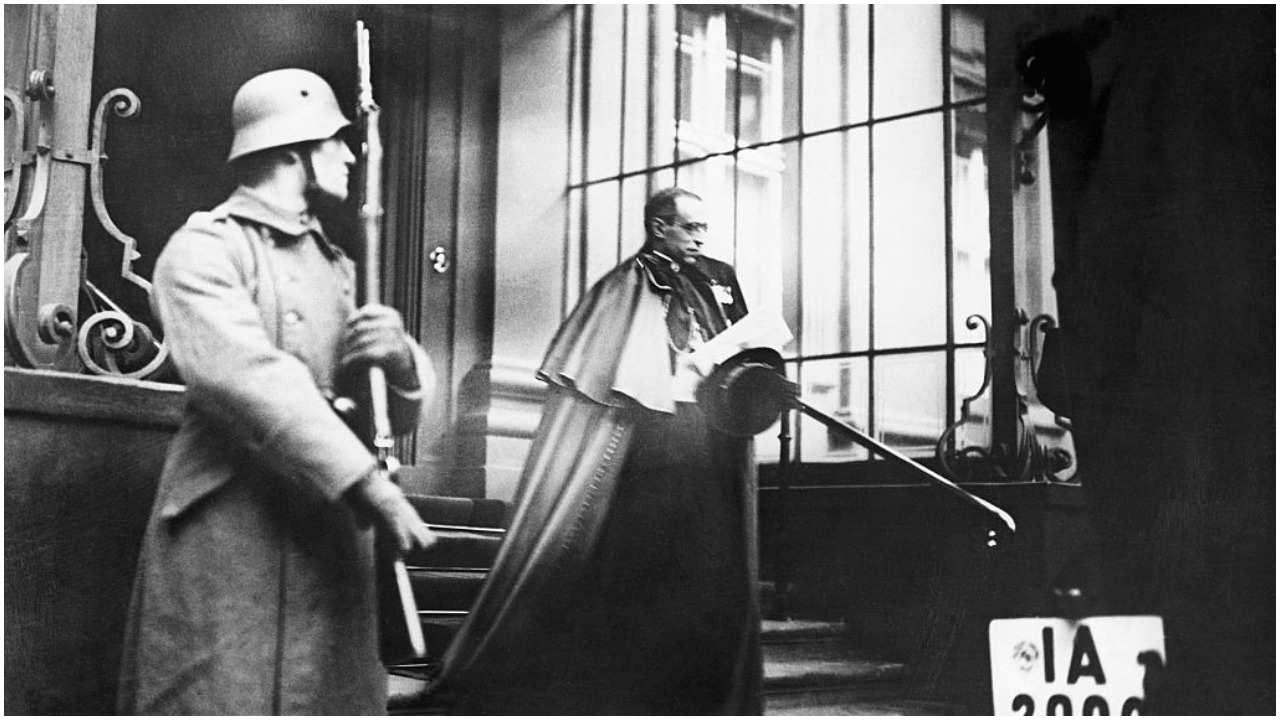The Papacy has never been an institution to duck controversy and has managed to survive for centuries from the death of the Roman Empire, through Charlemagne, schisms that set two Popes against each other, Crusades, the rise of communism and two World Wars.
One Pope, Pius XII served through the second world war, walking a line between the expectations of world leaders and the Catholic congregation.
The current Catholic leader, Pope Francis, has announced that he has fast-tracked the release of the archives belonging to the reign of Pius XII saying, “the church is not afraid of history.”
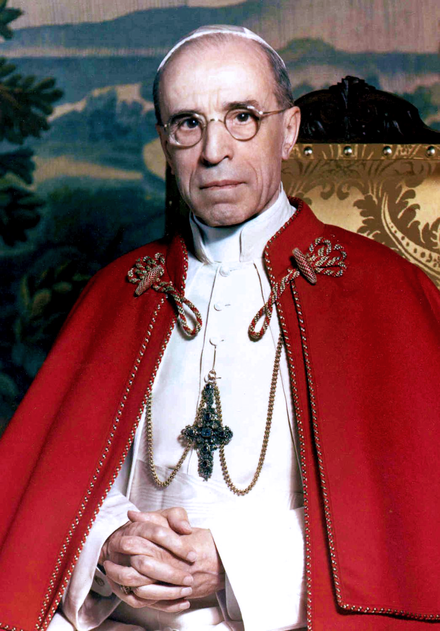
The period covered is 1939 to 1958, when Pius XII died. 150 scholars from worldwide institutions have applied to view the documents. Sixty can be accommodated at one time.
Some historians have criticised Pius XII for not condemning the Nazis as vocally as some would like, calling him ‘Hitler’s Pope’, when Hitler himself said of Pius XII that he was, “no friend of mine.” However, it was not enough to curb historians dubbing Pius ‘Hitler’s Pope’.
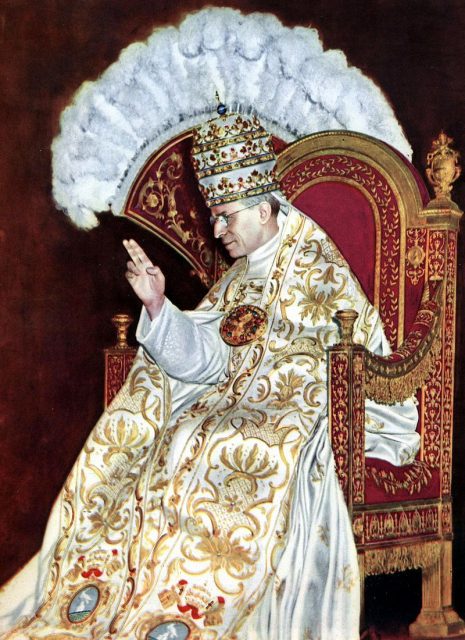
Italy’s leader, and Axis ally of Germany, Mussolini got wind of news of the Pope’s warnings to the leaders of the Low Countries prior to Germany’s invasion and took it personally, ordering his Vatican ambassador to lodge an official protest.
His foreign minister claimed Pius XII was, “ready to let himself be deported to a concentration camp, rather than do anything against his conscience.”
While critics point to the fact that Pius XII was remarkably silent regarding Hitler’s treatment of the Jews, never condemning genocide publicly, he was credited with encouraging convents, monasteries, and other institutions to hide thousands of Jews.
When deportations became a very real threat 477 Jews took refuge within the walls of the Vatican itself with a further four thousand hidden in Rome.
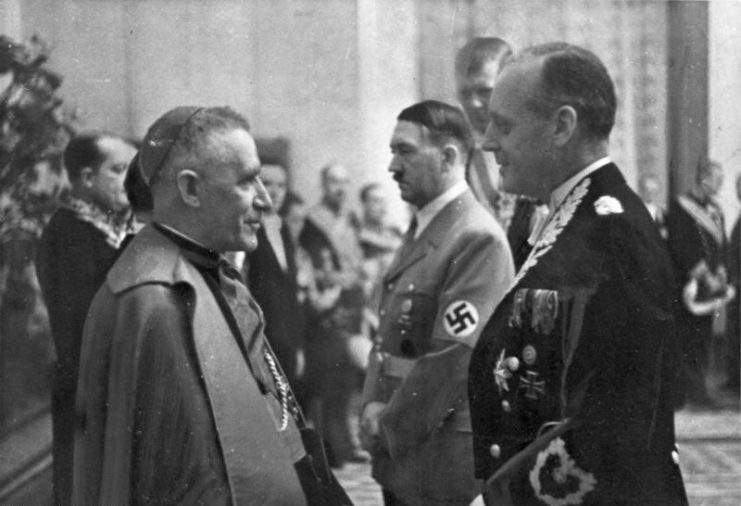
Pius XII had a strong record of speaking out against the Nazi regime before he was elected Pope.
For the twelve years he spent as papal nuncio in Germany from 1917 to 1929 he gave forty speeches denouncing aspects of the emergent Nazi ideology.
In 1935, when he was Cardinal Secretary of State for the Vatican, he sent a letter to the Bishop of Cologne in which he described the Nazis as, “false prophets with the pride of Lucifer.”
As Cardinal he signed the Reichskoncordat with Hitler’s Government in order to set out a diplomatic agreement that would protect the status of the Catholic church within the borders of Nazi Germany.
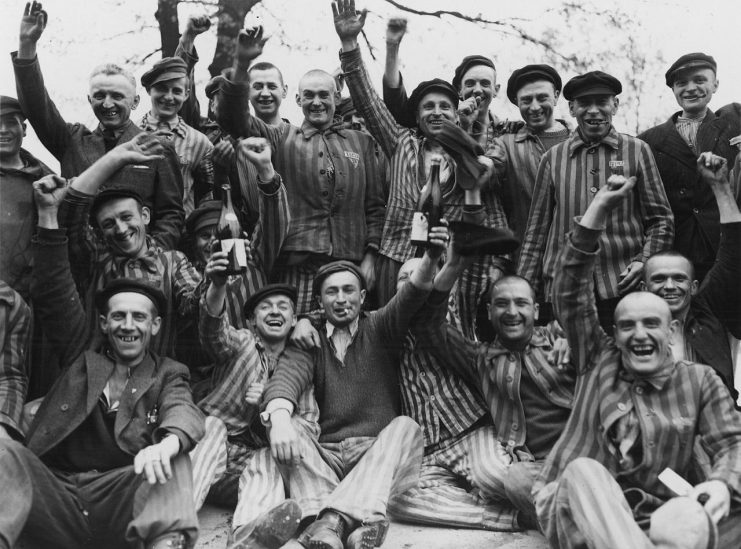
However, between the ratification of the document in 1933 and the outbreak of war he issued 55 complaints regarding violations of the treaty.
In 1937 he issued an encyclical written in German and distributed to churches and cathedrals throughout Germany which denounced the paganism of Nazi ideology.
This infuriated Hitler and a series of highly visible immorality trials of Catholic clergy ensued.
It was this experience that, some historians claim, led to the reluctance of Pius XII to speak out during the war in case it led to more violent reprisals by the Nazis.
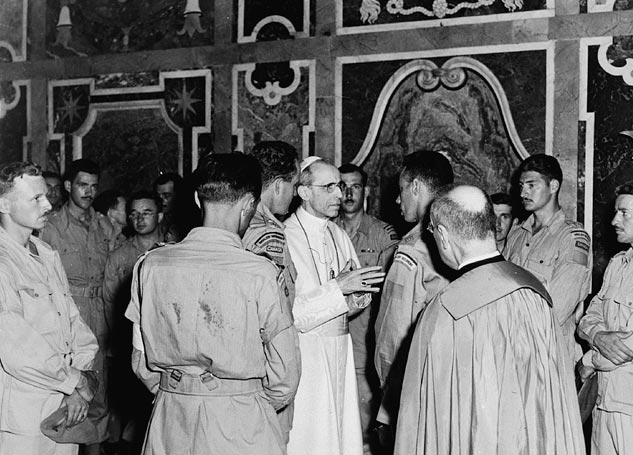
Vatican archivist and librarian Cardinal José Tolentino Calaça de Mendonça said, “The opening of the archives is decisive for the contemporary history of the church and the world,”
Prefect of the Vatican Apostolic Archive, Bishop Sergio Pagano is confident that the millions of pages of new material to be released will show that, “the good was so great that it will dwarf the few shadows.”
The first researchers to receive access will be members of the Jewish community in Rome, Israeli Holocaust museum and the US Holocaust Memorial museum.
American expert David Kertzer, who will also be among the first to lay eyes on Pius XII’s papers has said there were “signs of nervousness” regarding what might be revealed.
Professor of modern European history at Sheffield University Mary Vincent said of Pius XII that, “he was a careful, austere and quite unlikable man, trying to steer a path through almost impossible circumstances.”
While he was clearly not a Nazi sympathizer, upsetting both Hitler and Mussolini, by not publicly denouncing the mass genocide of Jews and other minorities Pius XII risked leaving a toxic legacy.
One of Last 3 Remaining Survivors of USS Arizona Passes Away
The Vatican hope is that release of the archive will throw much needed light on a dark period of the church’s history.
